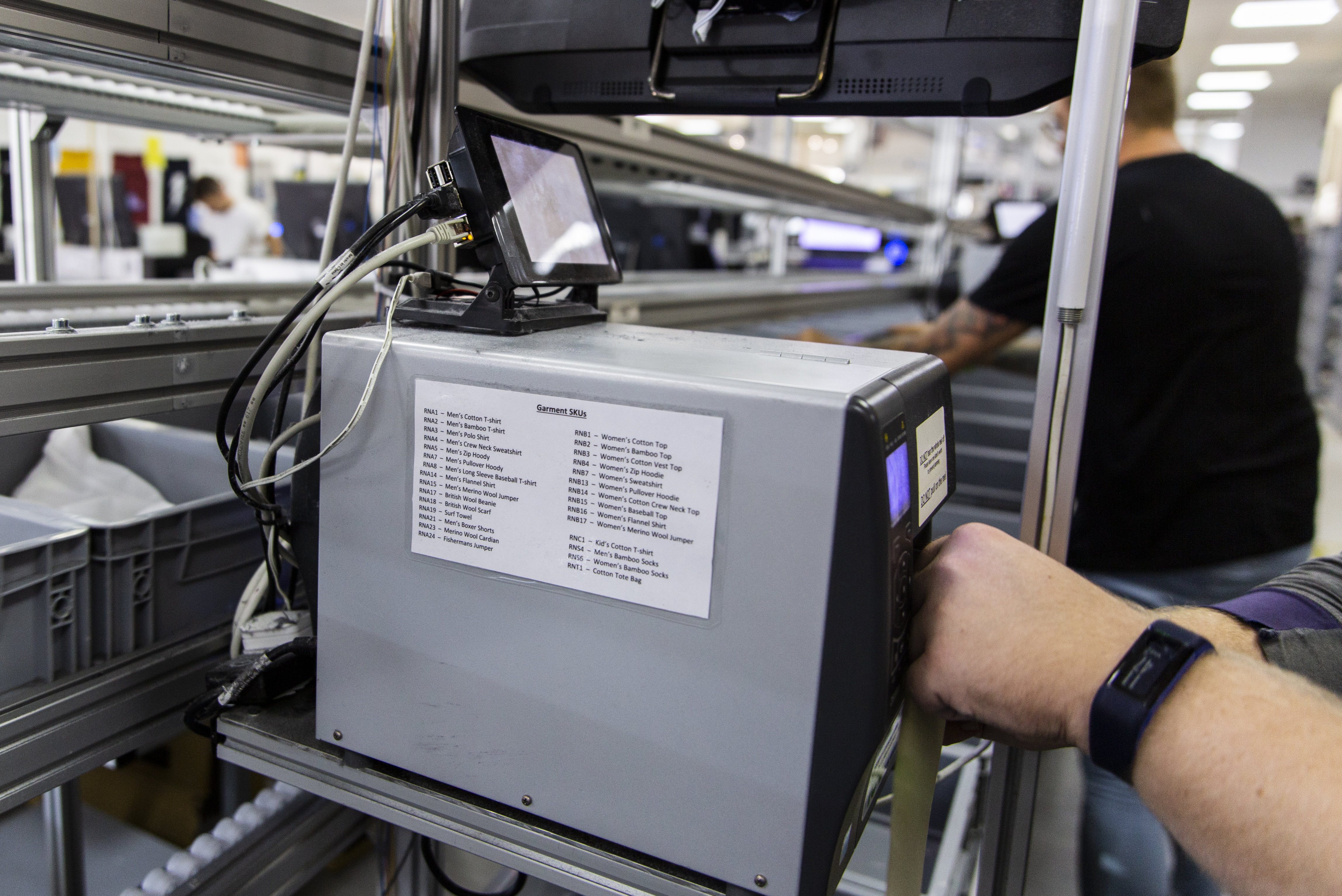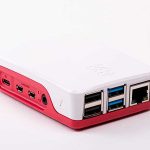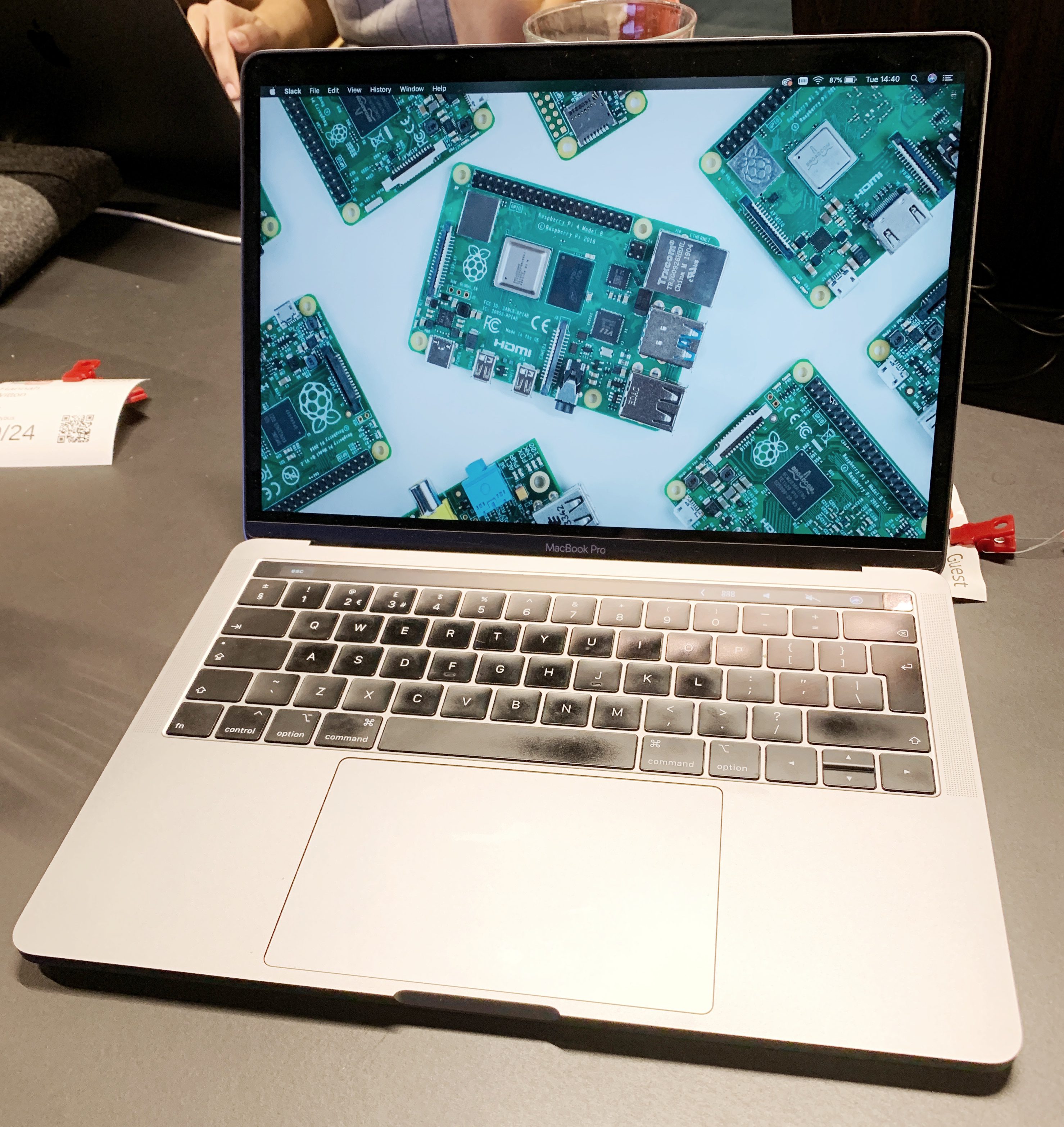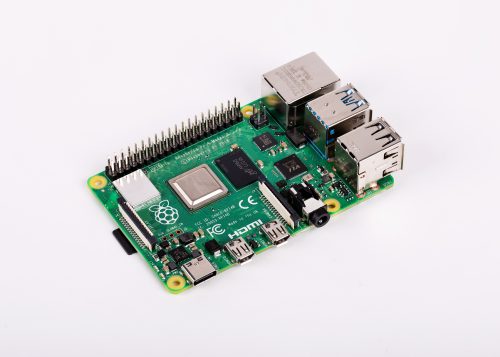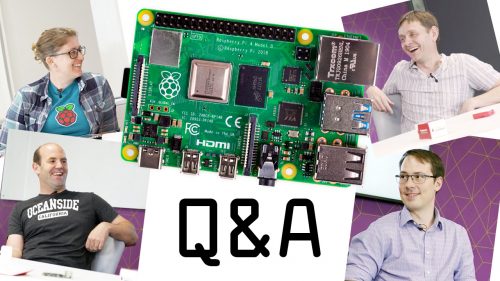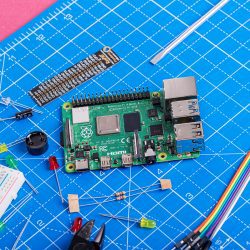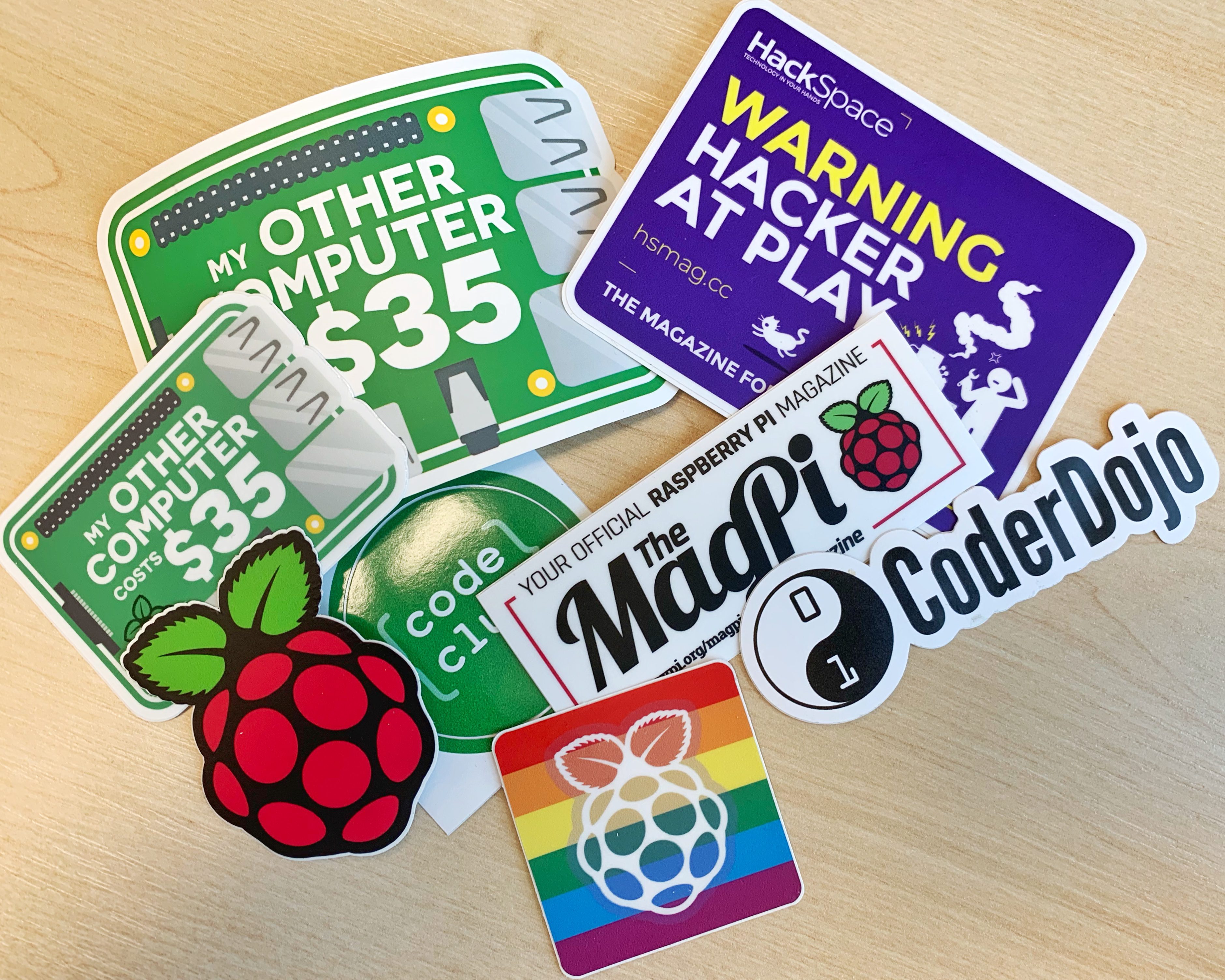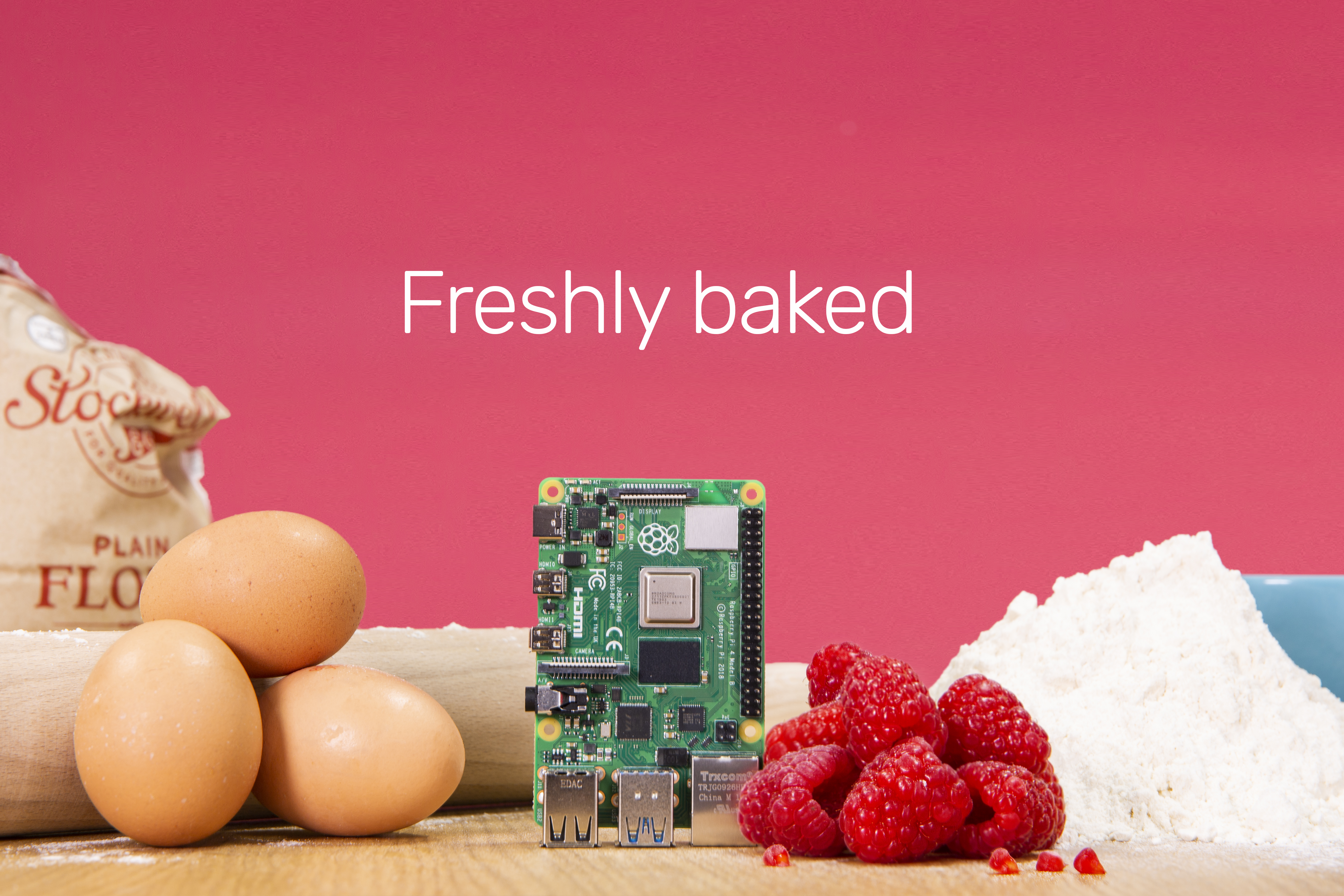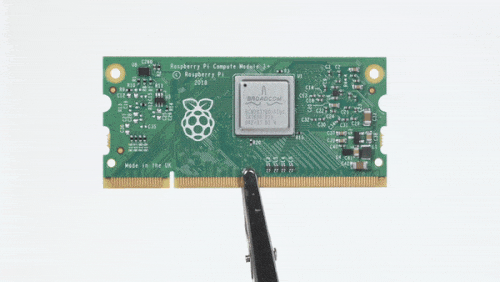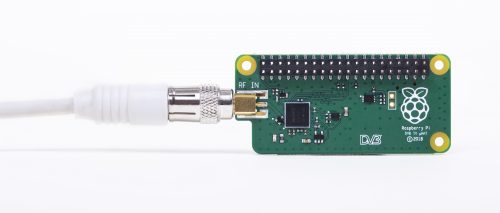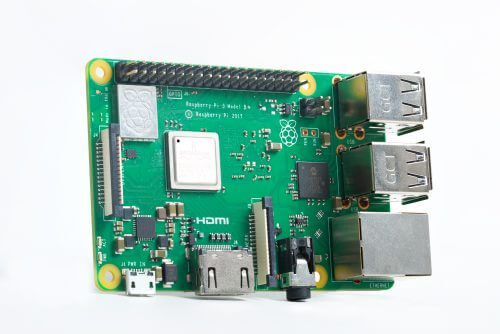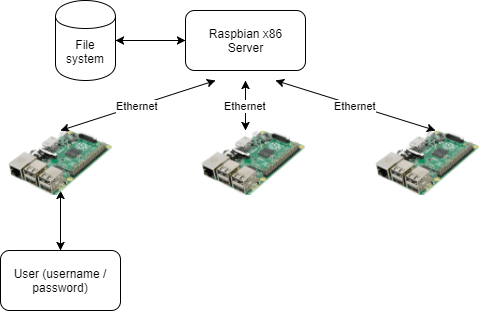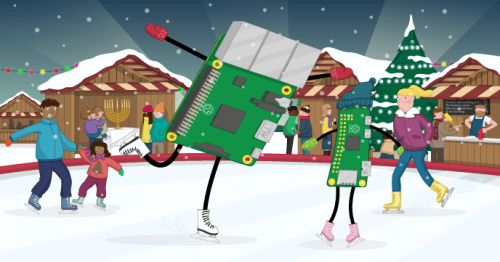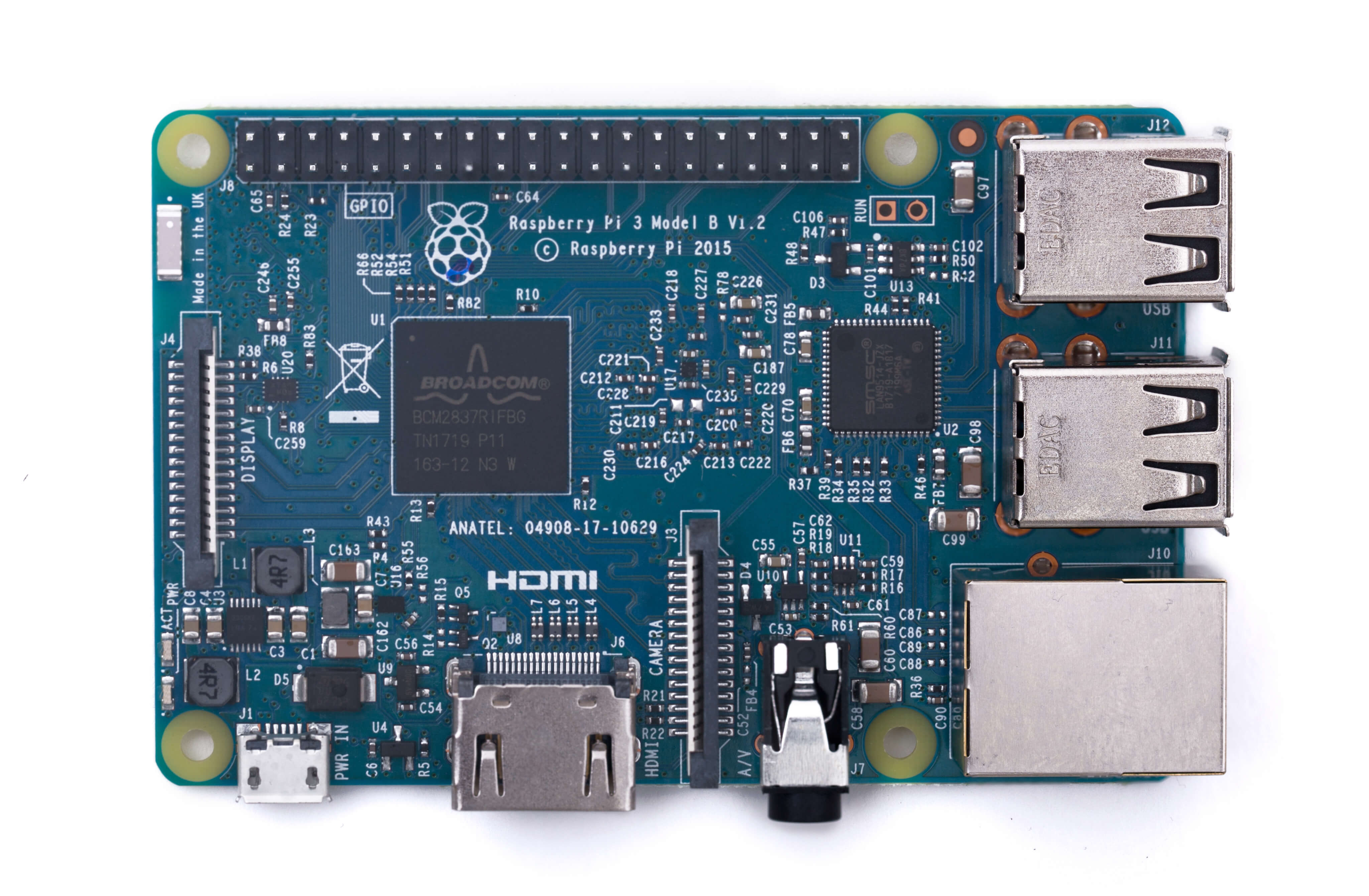Schlagwort: Raspberry Pi Products
-

Sustainable clothing with Rapanui and Raspberry Pi
Reading Time: 4 minutesNew to the Raspberry Pi Store, Cambridge: T-shirts made using Raspberry Pis in Rapanui’s sustainable factory. Oli Wilkin – our Glorious Retail Guru, to give him his formal title – has been hard at work this year bringing the Raspberry Pi Store, Cambridge, to life. Open since February, the store continues to…
-

Designing distinctive Raspberry Pi products
Reading Time: 6 minutesIf you have one of our official cases, keyboards or mice, or if you’ve visited the Raspberry Pi Store in Cambridge, UK, then you know the work of Kinneir Dufort. Their design has become a part of our brand that’s recognised the world over. Here’s an account from the team there of…
-

Tinkernut’s Raspberry Pi video guide
Reading Time: 2 minutes“If you’ve ever been curious about electronics or programming, then the Raspberry Pi is an excellent tool to have in your arsenal,” enthuses Tinkernut in his latest video, Raspberry Pi – All You Need To Know. And we aren’t going to argue with that. Raspberry Pi – All You Need To Know…
-

Another snazzy Raspberry Pi wallpaper for your phone and computer
Reading Time: 2 minutesAfter the success of our last snazzy wallpaper for your computer and smartphone, Fiacre is back with another visual delight. Click one of the images below to visit the appropriate download page! Smartphone 1920×1200 4K Standard rules apply: these images are for personal use only and are not to be manipulated, printed,…
-

Compliance, and why Raspberry Pi 4 may not be available in your country yet
Reading Time: 4 minutesIn June we launched Raspberry Pi 4, and it has been selling extremely well, with over 1 million devices already made. We launched the product in a select set of countries in June, and ever since, we’ve been steadily making it available in more and more places; currently, Raspberry Pi 4 is…
-

Help us make it easier for you to design products with Raspberry Pi
Reading Time: 2 minutesWe want to improve the way we support companies that design with Raspberry Pi computers, and we need your help to do it. Raspberry Pi’s success is thanks to the community that exists around it. When we launched Raspberry Pi 4, our most powerful computer yet, we gave our community the chance…
-

We asked our engineers your Raspberry Pi 4 questions…
Reading Time: < 1 minuteWe collected some of the most common Raspberry Pi 4 questions asked by you, our community, and sat down with Eben Upton, James Adams, and Gordon Hollingworth to get some answers. Raspberry Pi 4 Q&A We grilled our engineers with your Raspberry Pi 4 questions Subscribe to our YouTube channel: http://rpf.io/ytsub…
-

Snazzy photographs of Raspberry Pis #SnazzyRPi
Reading Time: 2 minutesIf you don’t follow Raspberry Pi on Instagram, you really should, for there you will find #SnazzyRPi, a collection of snazzy-looking Raspberry Pi photographs taken by our very own Fiacre Muller. Do you have a Raspberry Pi 3 A+? What have you built with it? . And how snazzy is this photo…
-

Win some Raspberry Pi stickers #GimmeRaspberryPiStickers
Reading Time: < 1 minuteTo celebrate the launch of Raspberry Pi 4, and because it’s almost the weekend, we’re giving away some sticker packs! For your chance to win a pack, all you have to do is leave a comment below, or comment on the Facebook post about this give-away, or tweet us with the…
-

Raspberry Pi 4: 48 hours later
Reading Time: 3 minutes“We’ve never felt more betrayed and excited at the same time,” admitted YouTubers 8 Bits and a Byte when I told them Raspberry Pi 4 would be out in June, going against rumours of the release happening at some point in 2020. Fortunately, everything worked in our favour, and we were able…
-

Raspberry Pi 4 on sale now from $35
Reading Time: 11 minutesWe have a surprise for you today: Raspberry Pi 4 is now on sale, starting at $35. This is a comprehensive upgrade, touching almost every element of the platform. For the first time we provide a PC-like level of performance for most users, while retaining the interfacing capabilities and hackability of the…
-

Buy the official Raspberry Pi keyboard and mouse
Reading Time: 4 minutesLiz interjects with a TL;DR: you can buy our official (and very lovely) keyboard and mouse from today from all good Raspberry Pi retailers. We’re very proud of them. Get ’em while they’re hot! Alex interjects with her own TL;DR: the keyboard is currently available in six layouts – English (UK), English…
-

Compute Module 3+ on sale now from $25
Reading Time: 5 minutesToday we bring you the latest iteration of the Raspberry Pi Compute Module series: Compute Module 3+ (CM3+). This newest version of our flexible board for industrial applications offers over ten times the ARM performance, twice the RAM capacity, and up to eight times the Flash capacity of the original Compute Module.…
-

The Raspberry Pi Christmas shopping list 2018
Reading Time: 5 minutesLooking for this year’s perfect something to put under the tree ‘from Santa’? Well, look no further than right here — it’s time for our traditional Christmas shopping list! Woohoo! Which Raspberry Pi? As you are no doubt aware, the Raspberry Pi comes in more than one variety. And if you’re planning…
-

New product: Raspberry Pi 3 Model A+ on sale now at $25
Reading Time: 2 minutesTL;DR: you can now get the 1.4GHz clock speed, 5GHz wireless networking and improved thermals of Raspberry Pi 3B+ in a smaller form factor, and at the smaller price of $25. Meet the Raspberry Pi 3 Model A+. New Product Alert: Raspberry Pi 3A+ You can now get the 1.4GHz clock speed,…
-

Introducing the Raspberry Pi TV HAT
Reading Time: 3 minutesToday we are excited to launch a new add-on board for your Raspberry Pi: the Raspberry Pi TV HAT, on sale now at $21.50. The TV HAT connects to the 40-pin GPIO header and to a suitable antenna, allowing your Raspberry Pi to receive DVB-T2 television broadcasts. Watch TV with your Raspberry…
-

Guess the weight, win a thing!
Reading Time: 2 minutesToday marks the four-year anniversary of Nicola Early joining the Raspberry Pi team. Nicola works as Administrator at Pi Towers and is responsible for so many things that I dare not try to list them all. But among all her tasks, the most important one is the care and maintenance of the office…
-

Raspberry Pi 3 Model B+ on sale now at $35
Reading Time: 7 minutesHere’s a long post. We think you’ll find it interesting. If you don’t have time to read it all, we recommend you watch this video, which will fill you in with everything you need, and then head straight to the product page to fill yer boots. (We recommend the video anyway, even if…
-

The Raspberry Pi PiServer tool
Reading Time: 7 minutesAs Simon mentioned in his recent blog post about Raspbian Stretch, we have developed a new piece of software called PiServer. Use this tool to easily set up a network of client Raspberry Pis connected to a single x86-based server via Ethernet. With PiServer, you don’t need SD cards, you can control…
-

The Raspberry Pi Christmas shopping list 2017
Reading Time: 5 minutesLooking for the perfect Christmas gift for a beloved maker in your life? Maybe you’d like to give a relative or friend a taste of the world of coding and Raspberry Pi? Whatever you’re looking for, the Raspberry Pi Christmas shopping list will point you in the right direction. For those getting…
-

Brand new and blue: our Brazilian Raspberry Pi 3
Reading Time: 2 minutesPrograma de revendedor aprovado agora no Brasil — our Approved Reseller programme is live in Brazil, with Anatel-approved Raspberry Pis in a rather delicious shade of blue on sale from today. Blue Raspberry is more than just the best Jolly Ranger flavour The challenge The difficulty in buying our products — and…
